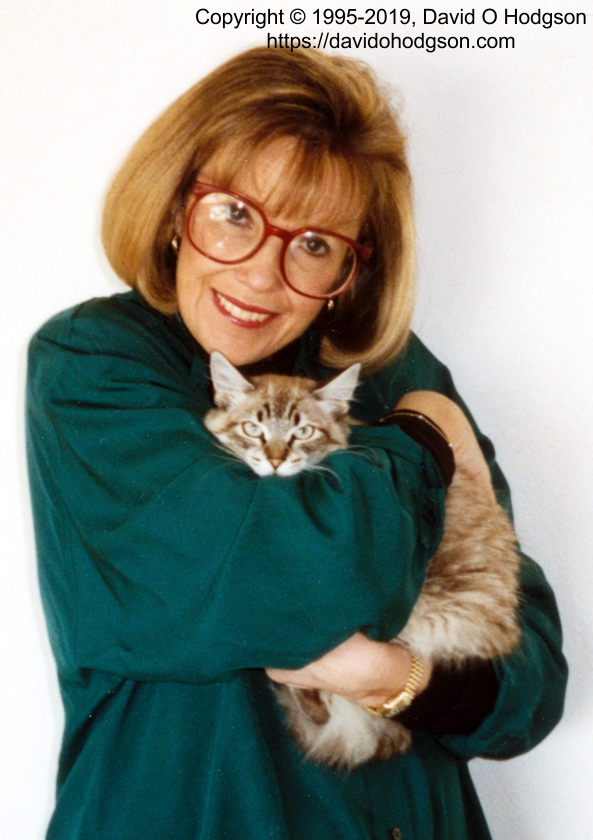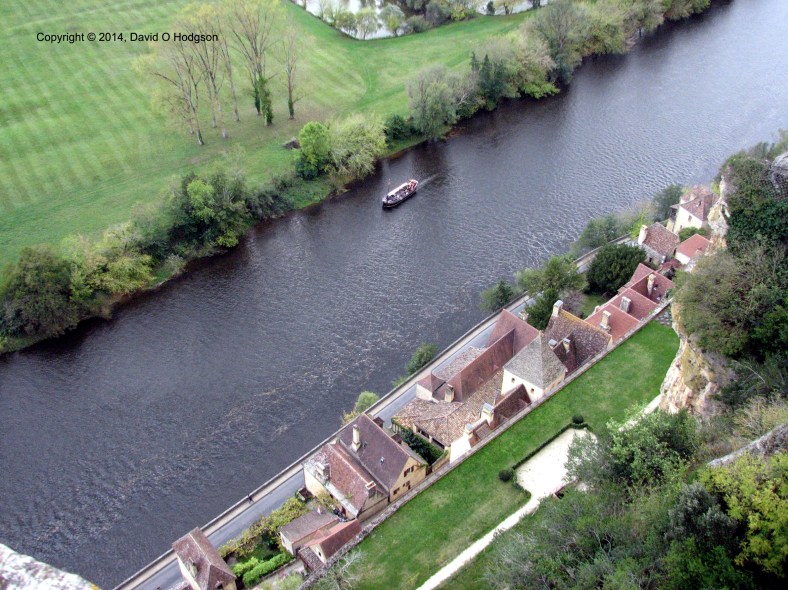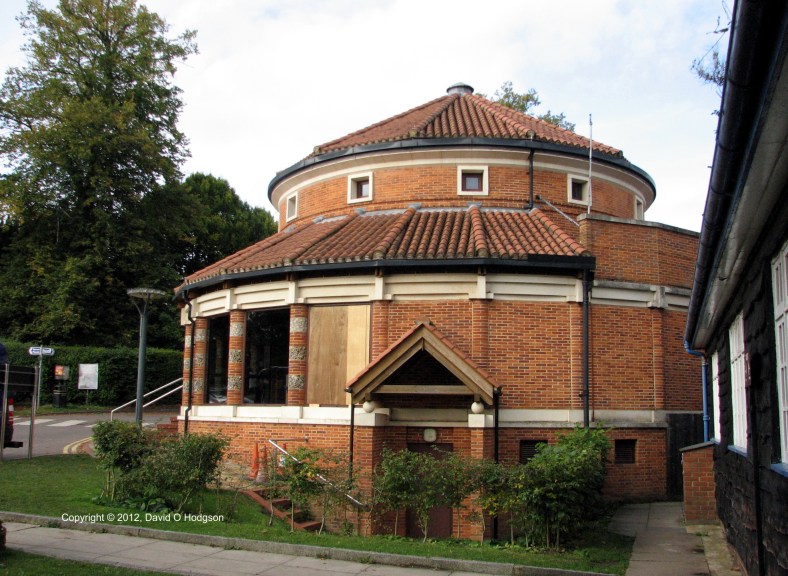
Mary herding Cats in Wabasha
Some of you may already know that my wife, Mary, is a volunteer at the Humane Society of Sonoma County, where she spends many hours looking after cats that are brought into the shelter. She specializes in helping feral cats, including those infected with ringworm (which have to be quarantined until they have been cured). She does wonderful work for the society, and has nursed many cats back to health, and then helped to find great homes for them.
However, the photo above does not show Mary at the Humane Society. I took it many years ago when we were both staying at the Anderson House Hotel in Wabasha, Minnesota. In those days, the Anderson House was famous for keeping a large number of cats, which could be “loaned out” to guests to sleep in their rooms! In the photo, I think Mary was in the process of deciding which cat we’d like to “borrow” for our stay, which was a difficult decision!
Unfortunately, although you can still stay at the Anderson House Hotel, the cats are no longer available there.
Celebrate the Day
Today is, of course, Valentine’s Day, so it seems appropriate to talk a little more about the “love of my life”. Mary has been helping cats (and other animals) for many years.
When we lived in San Mateo during the 1990s, we were members of an organization called the Homeless Cat Network. As members, we fostered many cats and kittens, eventually finding new homes for them. The photo below shows one of our success stories; an extremely shy kitten named Natasha, for whom (along with her sister Nicole) we found a great new home with a loving couple in San Francisco.

Mary with Foster Kitten Natasha
In my post for Valentine’s Day last year, I described how Mary and I met. We’ve now been together for nearly 30 years, and I’m really glad to be able to celebrate another Valentine’s Day with her!
I love you, Mary!

Mary herding Cats in Wabasha





























